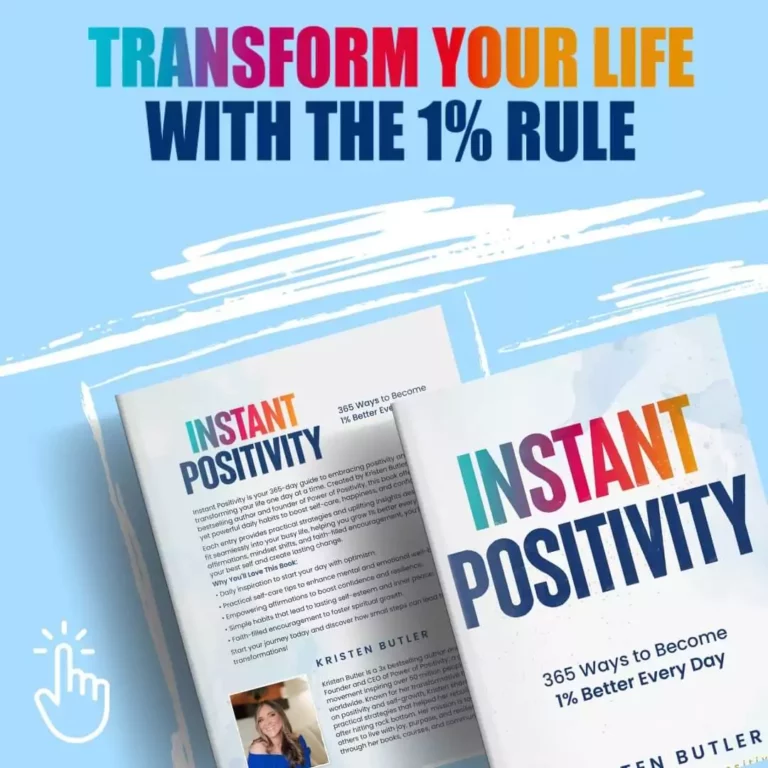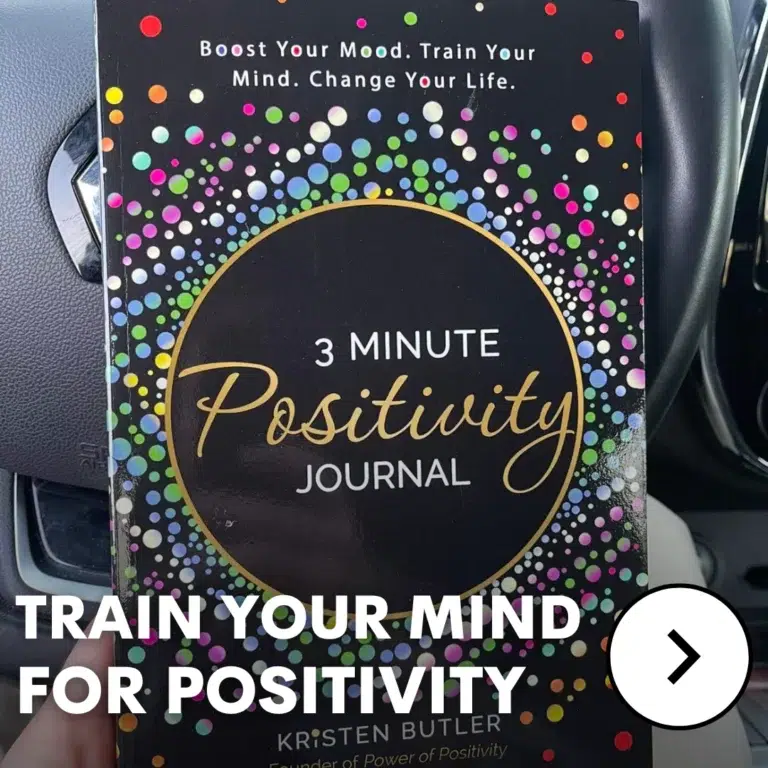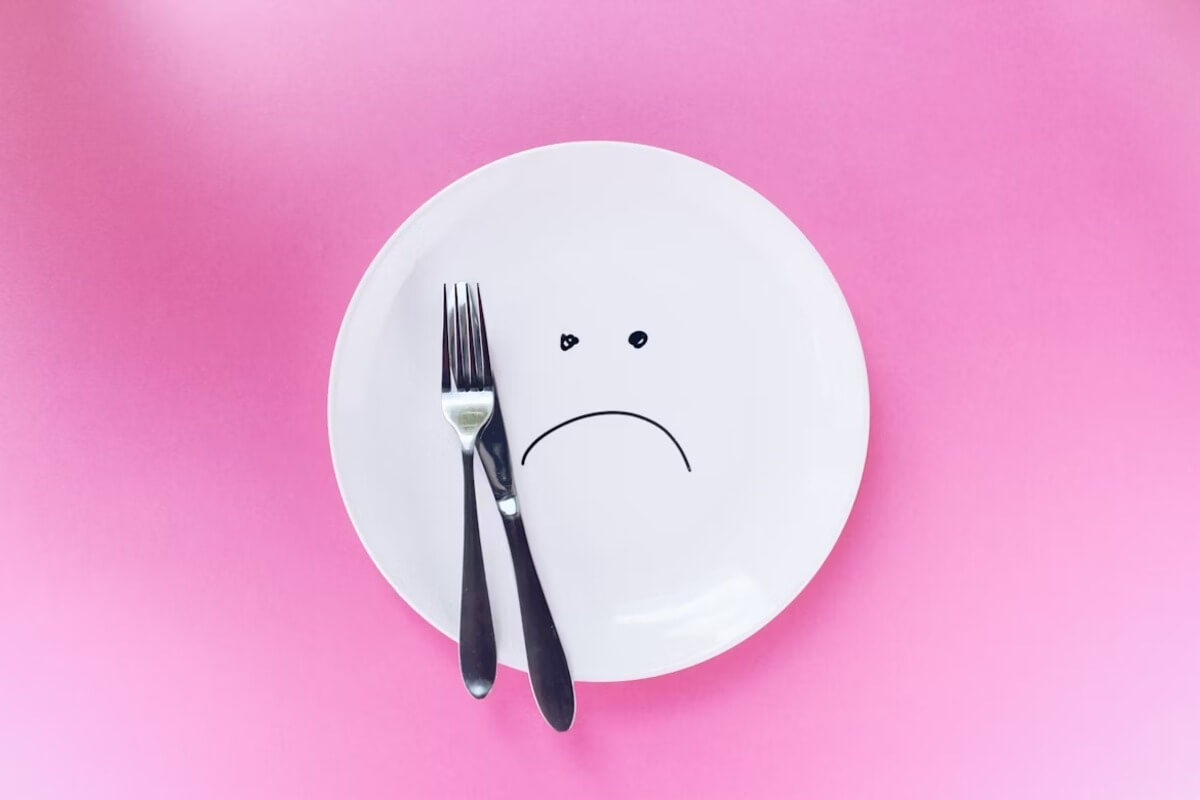Wellness today means more than just staying fit or eating right. It’s about living in a way that keeps your body, mind, and energy working together every day — not just when you’re feeling your best. A growing number of lifestyle doctors agree that true health isn’t built overnight; it’s something you create through small, steady habits that last.
This guide to sustainable wellness focuses on how to build energy that doesn’t burn out — the kind that stays with you through long workdays, busy schedules, and life’s ups and downs. It’s not about perfection or strict routines, but about simple choices that support your health over time.
You’ll find ideas grounded in real medical advice and daily life — the kind anyone can use.
Let’s start by redefining what sustainable wellness truly means and how it can change the way you feel every single day.
Understanding Sustainable Wellness
Good health isn’t only about avoiding sickness. It’s about steady energy, a clear mind, and feeling balanced — even on busy days. Real wellness goes beyond gym sessions and diet trends. It’s what lifestyle doctors call sustainable wellness — a way of living that helps your body and mind stay strong for the long run.
There are four main areas that keep this balance in check:
- Nutrition — what you eat powers your body and brain.
- Movement — daily motion keeps energy flowing.
- Rest — deep, regular sleep restores everything.
- Mindset — a calm, positive outlook keeps stress from draining you.
Each one supports the others like links in a chain. When you sleep better, you think better. When you eat right, you move more. And when your mindset is strong, your body follows.
With this foundation clear, let’s move into the practical steps that make lasting health possible in this guide to sustainable wellness.
The Doctor’s Core Principles for Lasting Energy
Below are ten lifestyle habits that build steady, lasting energy — not quick fixes. Each combines medical insight with easy, real-life changes anyone can start today.
1. Balance Blood Sugar Naturally
Energy crashes often start with sugar spikes. When blood sugar rises too fast, it drops just as quickly, leaving you tired and unfocused. Keeping it steady helps you feel strong all day.
How: Add protein to every meal — like eggs, chicken, or tofu — and cut back on refined carbs and sweet drinks.
Try this habit: Swap a morning pastry for eggs with avocado toast or oatmeal topped with nuts.
This small shift keeps energy even and prevents mid-day fatigue — one of the key steps in any guide to sustainable wellness.
2. Prioritize Whole, Plant-Based Foods
Food is your fuel, and the cleaner it is, the smoother your energy runs. Whole, plant-based meals deliver vitamins, fiber, and antioxidants that help your body work efficiently.
How: Choose colorful vegetables, fruits, whole grains, beans, and nuts instead of processed snacks or fried foods.
Try this habit: Fill half your plate with vegetables at lunch and dinner.
When your meals come from nature, you’re not just eating — you’re nourishing every cell for steady, sustainable energy that supports the guide to sustainable wellness mindset.
3. Hydrate for Cellular Energy
Even mild dehydration can cause fatigue, poor focus, and headaches. Water supports every function in the body, from digestion to brain power.
How: Sip water slowly throughout the day instead of drinking large amounts at once.
Try this habit: Start your morning with a glass of water before coffee, and keep a bottle nearby all day.
Add a slice of lemon or cucumber for taste, or try coconut water for natural electrolytes. Staying hydrated is one of the simplest ways to stay energized and aligned with the guide to sustainable wellness principles.
4. Move Every Day — Even Lightly
Movement is one of the easiest ways to boost energy naturally. You don’t need intense workouts; light activity keeps blood flowing and lifts mood.
How: Aim for short, consistent bursts of movement throughout the day.
Try this habit: Take a 10-minute walk after meals or stretch during work breaks.
These small moves improve circulation, lower stress, and keep your mind clear. Over time, consistent activity builds the kind of steady energy that the guide to sustainable wellness encourages — natural, strong, and sustainable.
5. Protect Sleep as a Non-Negotiable
Sleep is your body’s repair time. It balances hormones, supports memory, and restores your immune system.
How: Keep a consistent sleep schedule — go to bed and wake up at the same times daily.
Try this habit: Power down screens one hour before bed. Read or stretch instead.
A well-rested body runs better and makes healthy decisions easier. Protecting your sleep is one of the most underrated yet vital parts of the guide to sustainable wellness, ensuring your energy stays steady from morning to night.
6. Manage Stress with Simple Rituals
Chronic stress drains energy faster than almost anything. It raises cortisol, disrupts sleep, and weakens immunity.
How: Create short daily moments that calm your body and mind.
Try this habit: Practice deep breathing, write down three things you’re grateful for, or sit quietly for five minutes each morning.
Even small stress resets can recharge your energy and help you stay centered. These mindful moments form the emotional backbone of the guide to sustainable wellness, helping balance both body and mind.
7. Build Strength, Not Just Endurance
Strength training helps maintain muscle, which supports metabolism and overall energy. It also protects joints and improves posture.
How: Add bodyweight exercises like squats, push-ups, or resistance bands twice a week.
Try this habit: Do a 15-minute strength session at home after work.
You don’t need a gym — consistency matters more than equipment. Building muscle helps your body use energy more efficiently, keeping you active longer. This is a key part of the guide to sustainable wellness, promoting health that lasts well into the future.
8. Protect Gut Health for Energy Production
Your gut does more than digest food — it affects mood, metabolism, and immune strength. A balanced gut supports energy from within.
How: Eat fermented foods like yogurt, kimchi, or kefir, and add fiber-rich fruits and vegetables daily.
Try this habit: Include one probiotic food in your meals each day.
When your gut is healthy, your whole body benefits. A strong digestive system helps you absorb nutrients better and feel more energized — a major goal of any guide to sustainable wellness.
9. Limit Caffeine and Rely on Natural Rhythms
Caffeine gives quick energy but can backfire if overused, disrupting sleep and natural alertness.
How: Limit coffee to one or two cups early in the day.
Try this habit: Replace your afternoon coffee with green tea or herbal tea.
Also, step outside for sunlight in the morning to reset your body’s internal clock. Supporting your body’s natural rhythm, instead of forcing energy through caffeine, keeps you steady and alert — one of the smartest practices in a true guide to sustainable wellness.
10. Connect and Find Purpose
A meaningful life fuels physical energy. People with strong relationships and a sense of purpose often live longer and feel healthier.
How: Make time for family, friends, and activities that bring joy.
Try this habit: Call a friend, volunteer, or spend time outdoors with someone you care about.
Emotional wellness isn’t separate from physical health — it strengthens it. Creating connection and purpose gives life direction and drive, completing the guide to sustainable wellness circle from body to spirit.
Personalized Wellness: Listening to Your Body’s Signals
Everyone’s body tells a story. Paying attention to how you feel after meals, during workouts, or before bed helps identify what truly works for you. Sustainable wellness isn’t one-size-fits-all — it’s about tuning in.
Start by noticing patterns:
- Do you crash after certain foods?
- Feel tense after skipping movement?
- Sleep poorly when you use screens late?
Lifestyle doctors often suggest tracking simple notes for a week — energy levels, cravings, and sleep quality. These clues often say more than lab results.
Once you spot patterns, adjust slowly. Eat foods that fuel you, move in ways that energize you, and rest when your body asks for it. Awareness is the base of self-care and the heart of lasting wellness.
Once you’re in tune with your body, you can focus on keeping energy flowing naturally, day after day.
Creating Your Daily Energy Rituals
Routines don’t have to be strict — they just have to make sense for your life. Small, daily rituals can help keep energy steady.
Morning Reset
Start with water, sunlight, and light movement. These help wake up your metabolism and clear your mind.
Midday Recharge
Eat a balanced meal, take a short walk, and step away from screens for at least ten minutes.
Evening Wind-Down
Switch off early. Stretch, write down your thoughts, or read before sleep. These cues tell your body it’s time to rest.
When done daily, these habits blend together to create calm, consistent energy. Sustainable energy isn’t built overnight — but with patience, it grows stronger each day.
The Lifestyle Doctor’s Closing Advice
Lasting health doesn’t come from quick fixes or strict plans. It comes from choosing habits that fit your life and sticking to them with kindness toward yourself.
Progress may be slow at times, but every step adds up. The more consistent you are, the more natural wellness feels — not something you chase, but something you live.
Treat your body as an ally, not a project. Care for it, listen to it, and give it what it needs. Over time, energy flows more freely, mood lifts, and health becomes easier to maintain.
That’s the true meaning of sustainable wellness — health that supports you, not drains you, and a life that feels good to live every single day.













